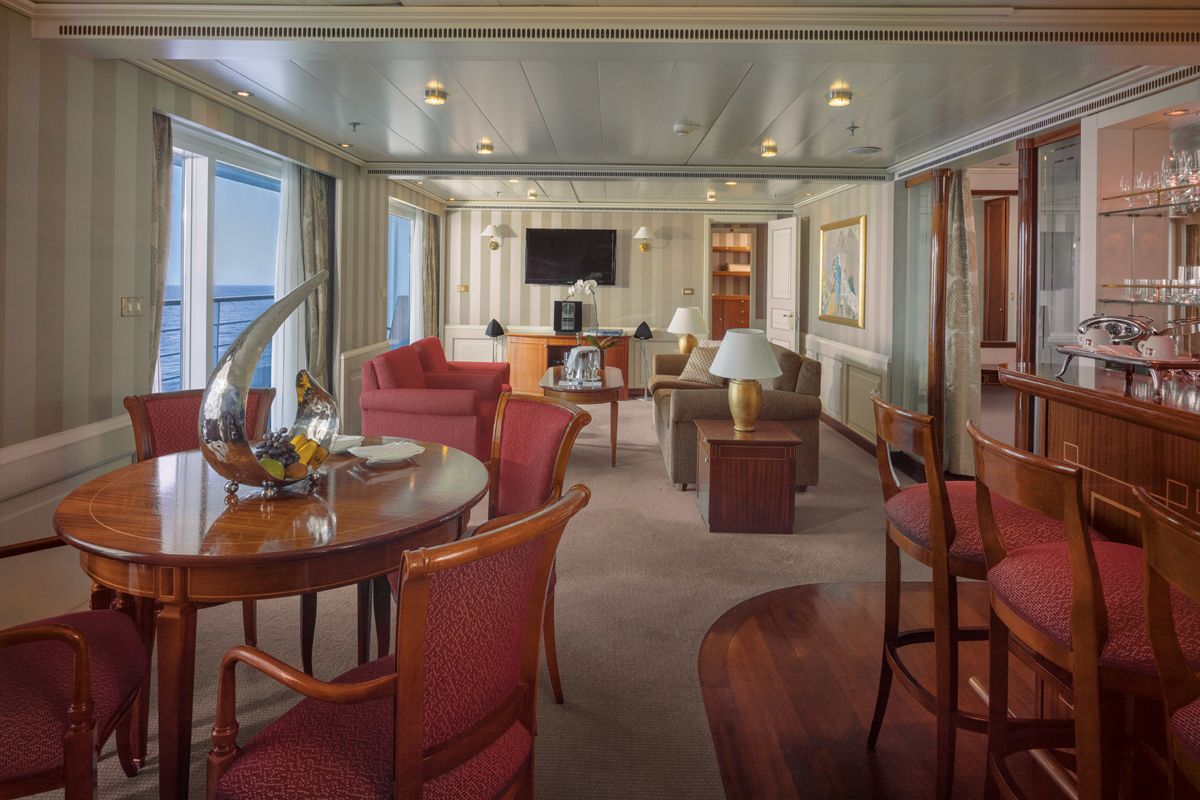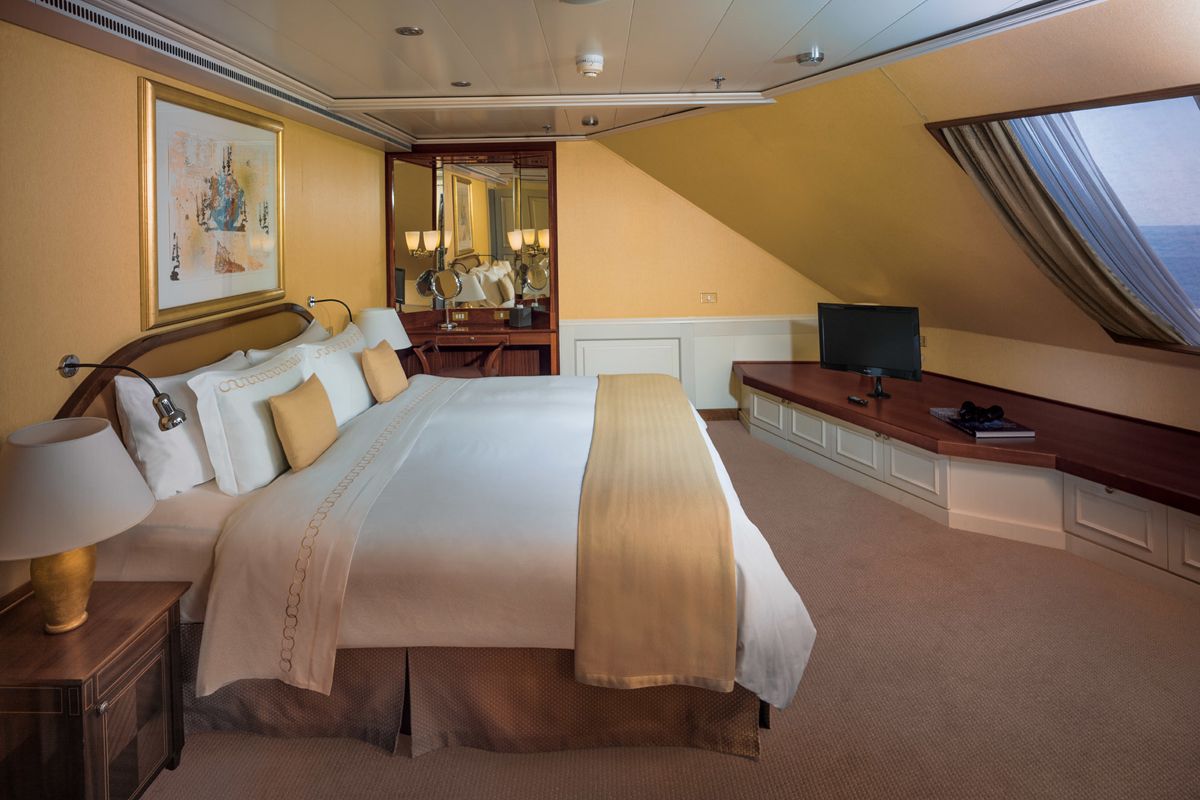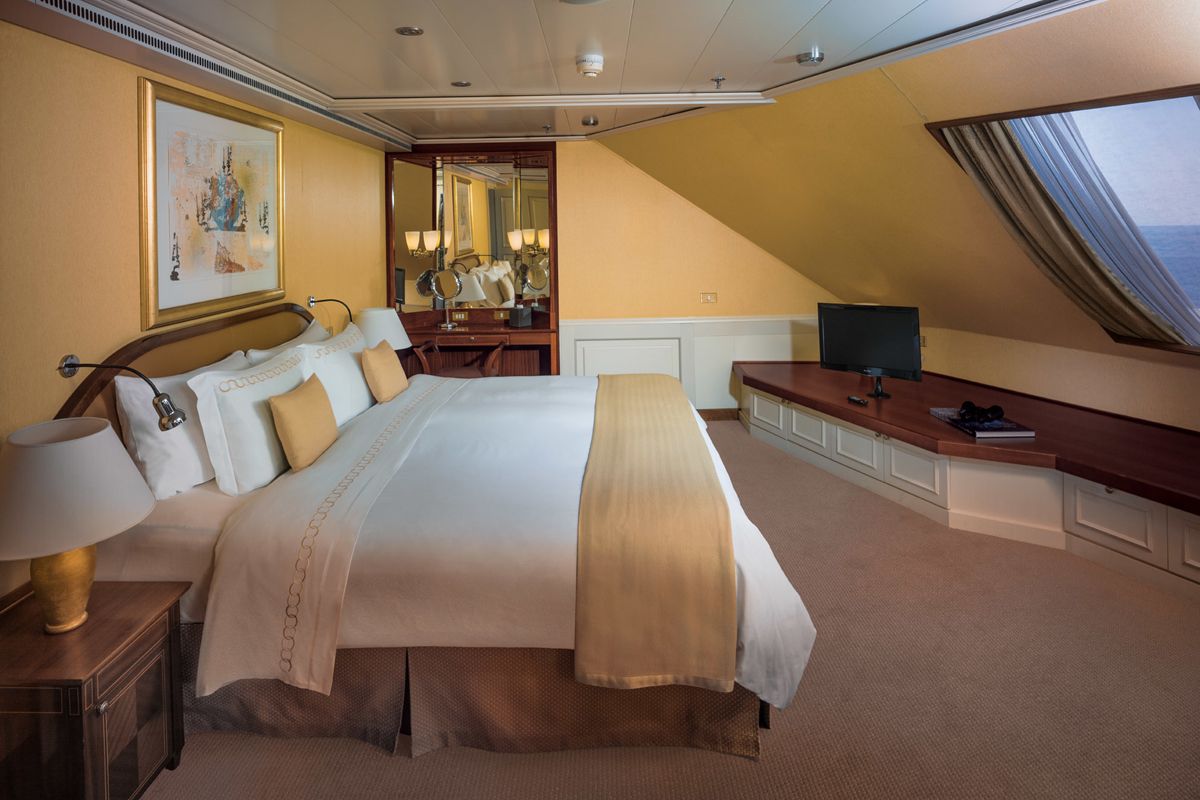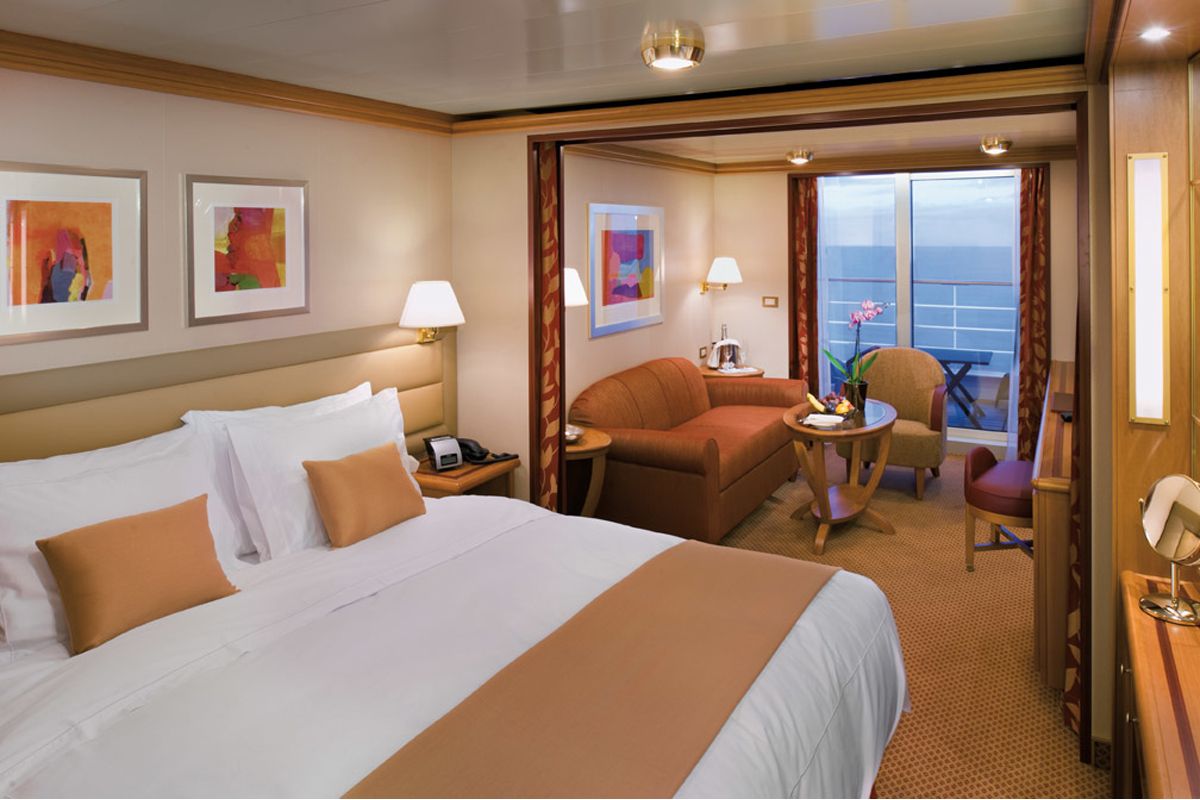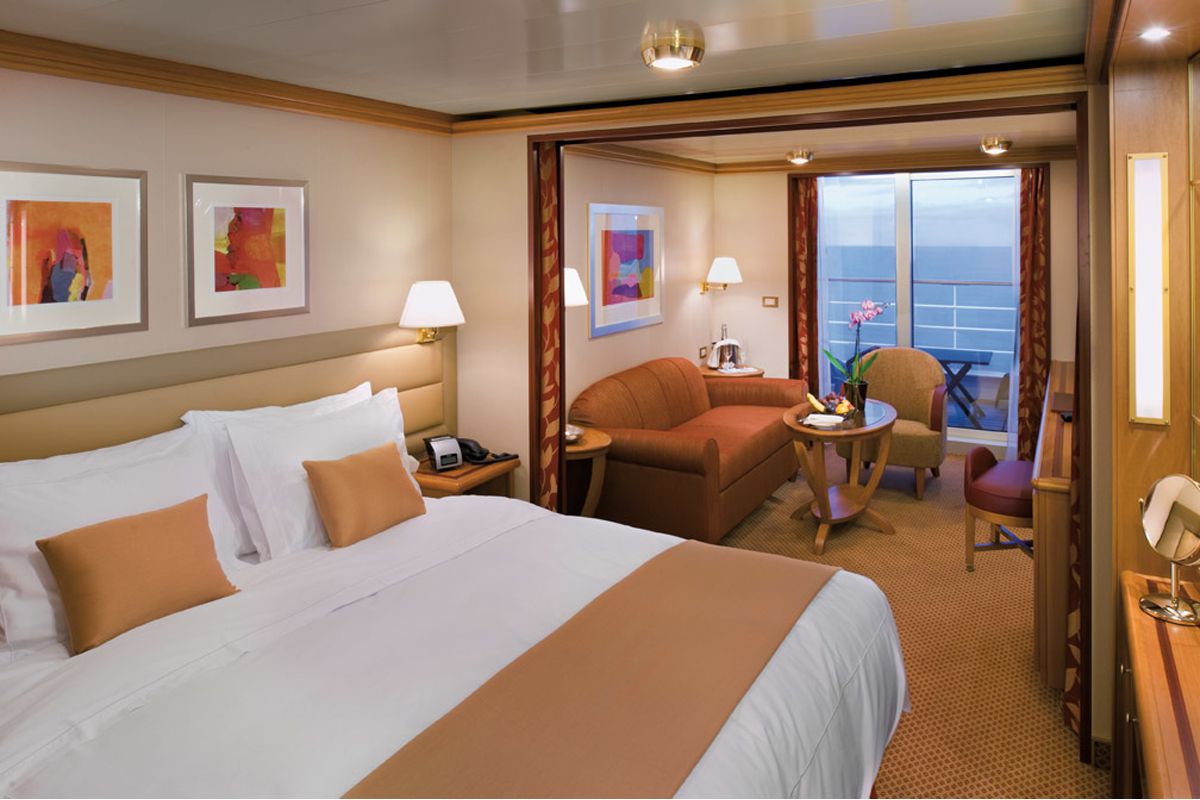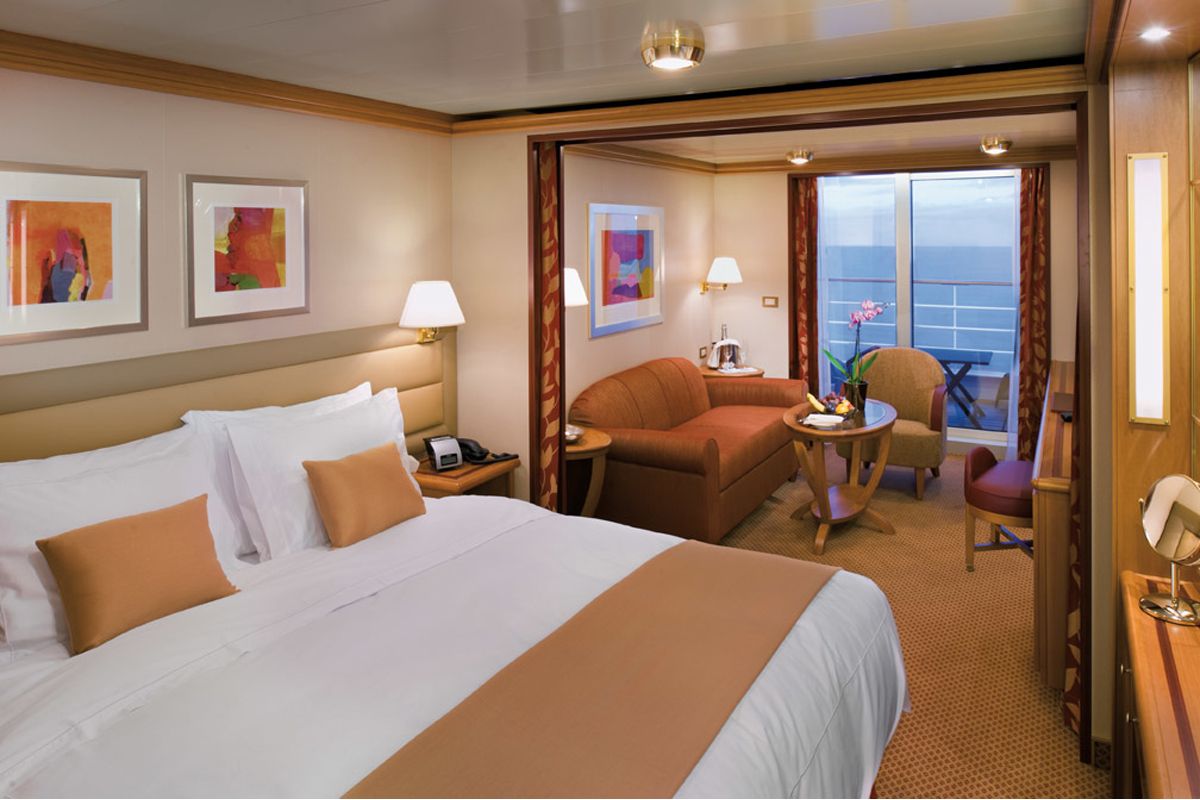

Go beyond your boundaries and explore the world as never before.
This bustling capital city is a major duty-free port with a compact shopping area. The principal thoroughfare is Broad Street, which leads west from National Heroes Square.
Amongst top attractions here, the Pelican Villagea cluster of workshops located halfway between the cruise-ship terminal and downtown Bridgetown where craftspeople create and sell locally made leather goods, batik, basketry, carvings, jewelry, glass art, paintings, pottery, and other items. It's open weekdays 9 to 5 and Saturday 9 to 2; things here are most active when cruise ships are in port.
Alternatively, sightseers will want to go to the Nidhe Israel Synagogue, which has been providing for the spiritual needs of one of the oldest Jewish congregations in the Western Hemisphere. This synagogue was formed by Jews who left Brazil in the 1620s and introduced sugarcane to Barbados. The adjoining cemetery has tombstones dating from the 1630s. The original house of worship, built in 1654, was destroyed in an 1831 hurricane, rebuilt in 1833, and restored with the assistance of the Barbados National Trust in 1987. Friday-night services are held during the winter months, but the building is open to the public year-round. Shorts are not acceptable during services but may be worn at other times.
The oldest town in St. Lucia and the island’s former French colonial capital, Soufrière was founded by the French in 1746 and named for its proximity to the volcano of the same name. The wharf is the center of activity in this sleepy town (population, 9,000), particularly when a cruise ship anchors in pretty Soufrière Bay. French colonial influences are evident in the second-story verandahs, gingerbread trim, and other appointments of the wooden buildings that surround the market square. The market building itself is decorated with colorful murals. Soufrière, the site of much of St. Lucia’s renowned natural beauty, is the destination of most sightseeing trips. This is where you can get up close to the iconic Pitons and visit colonial capital of St. Lucia, with its "drive-in" volcano, botanical gardens, working plantations, waterfalls, and countless other examples of the natural beauty for which St. Lucia is deservedly famous.
Bequia is a Carib word meaning "island of the cloud." Hilly and green with several golden-sand beaches, Bequia is 9 miles (14½ km) south of St. Vincent's southwestern shore; with a population of 5,000, it's the largest of the Grenadines. Although boatbuilding, whaling, and fishing have been the predominant industries here for generations, sailing has now become almost synonymous with Bequia. Admiralty Bay is a favored anchorage for both privately owned and chartered yachts. Lodgings range from comfortable resorts and villas to cozy West Indian—style inns. Bequia's airport and the frequent ferry service from St. Vincent make this a favorite destination for day-trippers, as well. The ferry docks in Port Elizabeth, a tiny town with waterfront bars, restaurants, and shops where you can buy handmade souvenirs—including the exquisitely detailed model sailboats that are a famous Bequia export. The Easter Regatta is held during the four-day Easter weekend, when revelers gather to watch boat races and celebrate the island's seafaring traditions with food, music, dancing, and competitive games.To see the views, villages, beaches, and boatbuilding sites around Bequia, hire a taxi at the jetty in Port Elizabeth. Several usually line up under the almond trees to meet each ferry from St. Vincent.
Bonaire's small, tidy capital city (population 3,000) is five minutes from the airport. The main drag, J.A. Abraham Boulevard, turns into Kaya Grandi in the center of town. Along it are most of the island's major stores, boutiques, and restaurants. Across Kaya Grandi, opposite the Littman’s jewelry store, is Kaya L.D. Gerharts, with several small supermarkets, a handful of snack shops, and some of the better restaurants. Walk down the narrow waterfront avenue called Kaya C.E.B. Hellmund, which leads straight to the North and South piers. In the center of town, the Harbourside Mall has chic boutiques. Along this route is Ft. Oranje, with its cannons. From December through April, cruise ships dock in the harbor once or twice a week. The diminutive ocher-and-white structure that looks like a tiny Greek temple is the produce market, where one can find plenty of fresh produce brought over from Venezuela. Pick up the brochure Walking and Shopping in Kralendijk from the tourist office to get a map and complete list of all the monuments and sights in the town.
Bonaire's small, tidy capital city (population 3,000) is five minutes from the airport. The main drag, J.A. Abraham Boulevard, turns into Kaya Grandi in the center of town. Along it are most of the island's major stores, boutiques, and restaurants. Across Kaya Grandi, opposite the Littman’s jewelry store, is Kaya L.D. Gerharts, with several small supermarkets, a handful of snack shops, and some of the better restaurants. Walk down the narrow waterfront avenue called Kaya C.E.B. Hellmund, which leads straight to the North and South piers. In the center of town, the Harbourside Mall has chic boutiques. Along this route is Ft. Oranje, with its cannons. From December through April, cruise ships dock in the harbor once or twice a week. The diminutive ocher-and-white structure that looks like a tiny Greek temple is the produce market, where one can find plenty of fresh produce brought over from Venezuela. Pick up the brochure Walking and Shopping in Kralendijk from the tourist office to get a map and complete list of all the monuments and sights in the town.
Dutch settlers came here in the 1630s, about the same time they sailed through the Verazzano Narrows to Manhattan, bringing with them original red-tile roofs, first used on the trade ships as ballast and later incorporated into the architecture of Willemstad. Much of the original colonial structures remain, but this historic city is constantly reinventing itself and the government monument foundation is always busy restoring buildings in one urban neighborhood or another. The salty air causes what is called "wall cancer" which causes the ancient abodes to continually crumble over time. The city is cut in two by Santa Anna Bay. On one side is Punda (the point)—crammed with shops, restaurants, monuments, and markets and a new museum retracing its colorful history. And on the other side is Otrobanda (literally meaning the "other side"), with lots of narrow, winding streets and alleyways (called "steekjes" in Dutch), full of private homes notable for their picturesque gables and Dutch-influenced designs. In recent years the ongoing regeneration of Otrobanda has been apparent, marked by a surge in development of new hotels, restaurants, and shops; the rebirth, concentrated near the waterfront, was spearheaded by the creation of the elaborate Kura Hulanda complex.
There are three ways to cross the bay: by car over the Juliana Bridge; by foot over the Queen Emma pontoon bridge (locally called "The Swinging Old Lady"); or by free ferry, which runs when the pontoon bridge is swung open for passing ships. All the major hotels outside town offer free shuttle service to town once or twice daily. Shuttles coming from the Otrobanda side leave you at Riffort. From here it's a short walk north to the foot of the pontoon bridge. Shuttles coming from the Punda side leave you near the main entrance to Ft. Amsterdam.
Aruba's capital is easily explored on foot. Its palm-lined central thoroughfare runs between old and new pastel-painted buildings of typical Dutch design (Spanish influence is also evident in some of the architecture). There are a lot of malls with boutiques and shops—the Renaissance mall carries high-end luxury items and designer fashions. A massive renovation in downtown has given Main Street (a.k.a. Caya G. F. Betico Croes) behind the Renaissance Resort a whole new lease on life: boutique malls, shops, and restaurants have opened next to well-loved family-run businesses. The pedestrian-only walkway and resting areas have unclogged the street, and the new eco-trolley is free and a great way to get around. At this writing, Linear Park was well and will showcase local merchants and artists. There will be activities along a boardwalk that will eventually run all the way to the end of Palm Beach, making it the longest of its kind in the Caribbean.
Santa Marta lies at the foot of the snowcapped Sierra Nevada, the world's highest coastal range. The mountains are largely protected within Parque Nacional Tayrona. Hidden on their slopes are the pre-Columbian ruins of La Ciudad Perdida. Although Santa Marta was founded in 1525, modern industry and architecture largely obscure its colonial heritage. Today the city's 200,000 inhabitants rely heavily on the deep-water port, where banana boats are anchored in thick clusters. Most of the cargo is legitimate, but Santa Marta also handles more contraband than any other Colombian port. In the 1970s that meant mostly marijuana; today cocaine reigns supreme. Santa Marta is mostly nonchalant and friendly, but inquisitiveness in this feral, fascinating city is unwise; some of its residents carry weapons as a matter of course.
Cartagena's magnificent city walls and fortresses, now a UNESCO World Heritage Site, enclose a well-restored historic center (the Cuidad Amurallada, or walled city) with plazas, churches, museums, and shops that have made it a lively coastal vacation spot for South Americans and others. New hotels and restaurants make the walled city a desirable place to stay, and the formerly down-at-the-heels Getsemaní neighborhood attracts those seeking a bohemian buzz. The historic center is a small section of Cartagena; many hotels are in the Bocagrande district, an elongated peninsula where high-rise hotels overlook a long, gray-sand beach.
When it was founded in 1533 by Spanish conquistador Pedro de Heredia, Cartagena was the only port on the South American mainland. Gold and silver looted from indigenous peoples passed through here en route to Spain and attracted pirates, including Sir Francis Drake, who in 1586 torched 200 buildings. Cartagena's walls protected the city's riches as well as the New World's most important African slave market.
World Cruise Finder's suites are some of the most spacious in luxury cruising.
Request a Quote - guests who book early are rewarded with the best fares and ability to select their desired suite.
